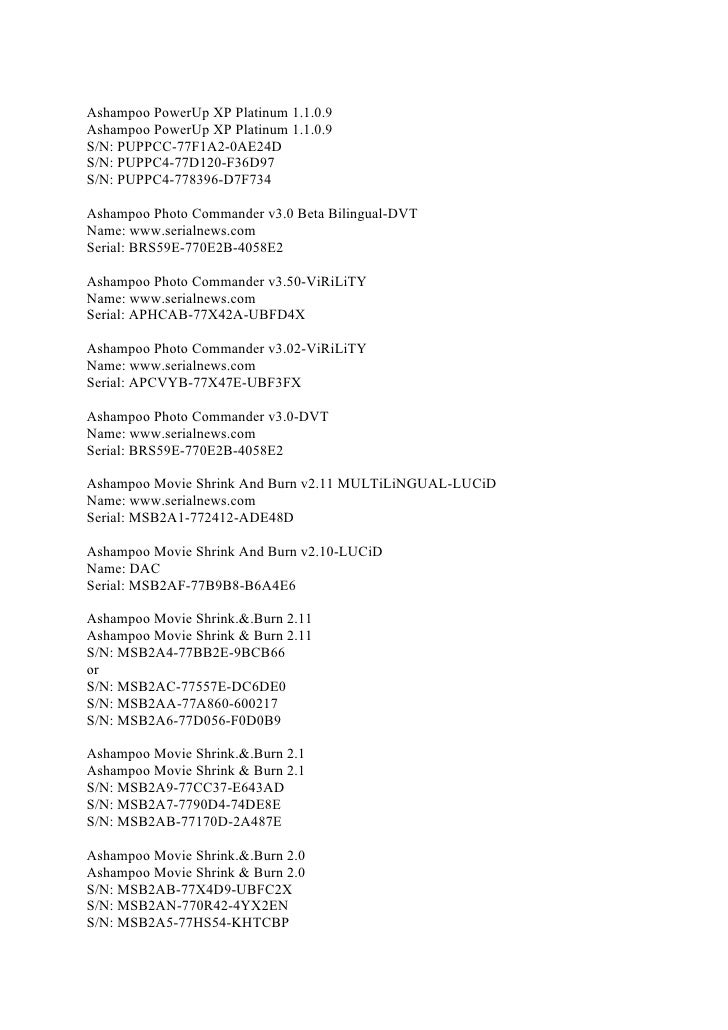Quite Imposing Plus Mac Serial Terminal
Having a pressing need to access a Cisco router via the console cable, and not having a PC with a serial port laying around anywhere, I decided to look into how to access the serial port on an Xserve that's running Leopard Server. Previous hints targeted at Tiger Server and below, however, do not work any more as the serial support files are no longer found in /System » Library » StartupItems/. Through some digging, I found the solution to the problem and can now access the router via the serial port at any time, even from my iPhone (through Terminal, of course)!Leopard Server moved the SerialTerminalSupport shell script to /usr » libexec » serial. The syntax for launching it remains the same, though, just the location has changed. Thinking that was all it took, I stopped the SerialTerminalSupport service with this command (run all these commands as superuser): /usr/libexec/serial/SerialTerminalSupport stopAnd tried to launch the screen program to open a connection via the serial port with screen /dev/cu.serial. I see bits and pieces of the Cisco's console prompt in my Terminal window, but the screen session keeps sending garbage - to the point where I'd have to close the Terminal window and issue a kill command to let go of /dev/cu.serial and the screen session.It turns out that by default, OS X Server sets the baud rate of the serial port to 57600, which is too fast for the Cisco console port.The magic file to change to fix this problem is /etc/gettytab. Open that file up in your favorite editor and do a search for Xserve.
Comment out the three lines beginning with: serial.57600 serial db9 port:Save the file and reboot. To verify that the change was correct, you can check info on /dev/cu.serial with: stty -f /dev/cu.serialIf the first line says speed 9600 baud;, you are good to go. Simply stop SerialTerminalSupport and launch screen with the above command.
I wrote a simple shell script to correctly launch screen. For the sake of putting it all together, here it is: #! /bin/sh/usr/libexec/serial/SerialTerminalSupport stopscreen /dev/cu.serialTo quit cleanly out of screen, type Control-A followed by Control. You'll be prompted to quit; type y and you'll be back at your regular shell. Hope this hint helps someone out there, not that you need to use it every day, but it can be a lifesaver just that once. I know it worked for me.
I've found zterm to be a bit buggy in OSX, and minicomm to be a bit obtuse and ugly. I had been using a version of 'tip' that I built from the BSD sources. Recently a coworker told me he just uses 'kermit', which is also available via MacPorts, though it, like 'screen', has an imposing looking man page that can make it seem unapproachable at first. One problem I had with my version of 'tip' was that it wouldn't pass 'control-a' characters, which made line editing on a Cisco device less useful. Kermit does not have that problem. I just got a Aten UC-232A to use with my MacBook Pro for connecting to devices, such as network switches and power switches. The device is named /dev/tty.UC-232AC.I'm using it with minicom and it works great.
Quite Imposing 4 Serial
I have been using minicom on other platforms, so I had no trouble with operating it. For those who are new to minicom, basic setup is simple.
Quite Imposing Plus 3 Download
Do:$ sudo minicom -sFolow the setup instructions and adjust the config for the device you plan on connecting to, save and exit. To use minicom, just do:$ sudo minicomRunning as root may not be needed, but this is my first try and it does the job.Just sharing this experience, so others may benefit from it.H3rbz.

Quite Imposing Plus Mac Serial Terminal 1


Xshell 5 Product Key With Crack Latest VersionXshell 5 Product Key is a wonderful terminal emulator which supports SSH, SFTP, TELNET, RLOGIN, and SERIAL. Xshell gives an industry-leading performance and feature sets that are not possible in its free alternatives.Xshell 5 Full Version Free Download With CrackXshell 5 Crack may be a powerful and secure terminal human that supports SSH, SFTP, TELNET, RLOGIN, and SERIAL. Xshell offers several user-friendly options that aren’t on the market in alternative terminal emulators. Xshell embraces a tabbed setting, dynamic port forwarding, custom key mapping, user outlined buttons, VB scripting, and UNICODE terminal for displaying two computer memory unit characters and international language support.